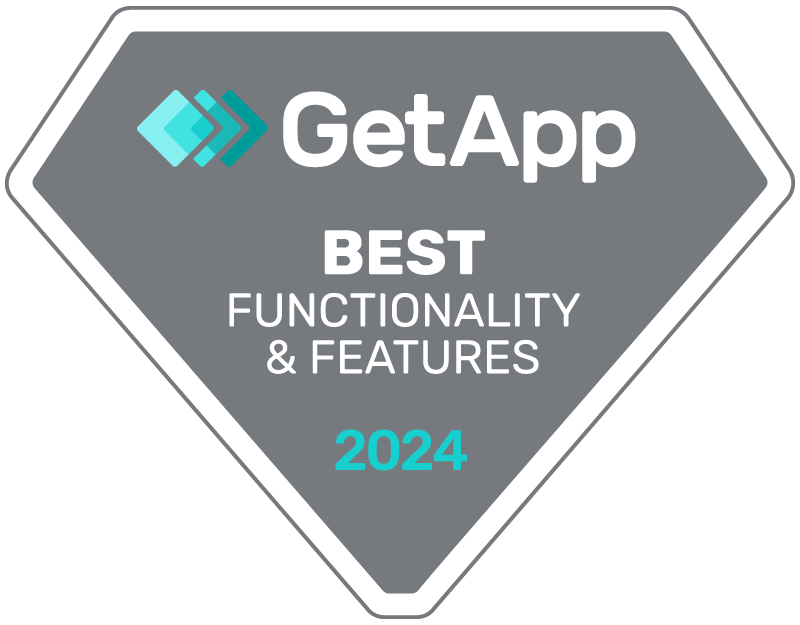4 Common Customer Satisfaction Survey Mistakes

The insights you glean from customer satisfaction surveys can be amazing, but you first need to ask the right survey questions. However, avoiding common customer satisfaction survey mistakes is crucial for obtaining accurate and actionable insights.
Customer loyalty can make or break businesses in today’s competitive market. Creating a customer experience based on customer feedback and satisfaction can have an amazing impact on your referral rates, retention levels and ultimately your bottom line.
In short, businesses can get ahead by gathering insightful customer feedback. But getting that insight depends on asking the right questions. Let’s look at some of the most common, and costly mistakes when it comes to customer survey questions.
Try Questback 14 days for free.
Customer satisfaction survey mistakes
Coming up with the right questions to ask in customer surveys to get truly insightful responses is no easy task. The 4 most common mistakes are:
1. The answering scale isn’t aligned with the question
For example, if you are asking a yes/no question, the answer choices shouldn’t be a scale from 1 to 6 – the answer choices should be yes, no and I don’t know. Make sure the answer choices make sense in the context of the question.
2. The question is leading
Asking leading questions – that is, questions that consciously or subconsciously prompt the answer for the reader – will not get you accurate customer survey results.
For example, if you ask, “How satisfied are you with the following products?”, the word “satisfied” may trigger an artificially positive response.
You’re looking for honesty in your customer surveys – not just positive responses. A better question to ask would be, “Are you satisfied or dissatisfied with the following products?” and provide a scale for the survey-taker to rate their experience.
3. The answering scale is out of balance
Make sure that both ends of an answer scale are equally weighted.
For example, in this question, “How satisfied or dissatisfied are you with the following products, from a scale of 1-6, where 1 is dissatisfied and 6 is very satisfied,” you should put “very” in front of “dissatisfied” to balance the imperative of the answers.
4. The questions are too general
This is probably the most common mistake we see people making when they are coming up with survey questions. To get accurate, helpful feedback from customers, you need to make the questions as specific as possible.
For example, this question would be way too general: “How much time do you take when putting together a dinner party?” There are so many factors that go into putting together a dinner party! Buying the dinner, making the dinner, eating the dinner, cleaning up after the dinner… the list goes on. Your survey question should be much more specific in order to result in useful customer insight.
Conclusion: keep it relevant
The #1 Rule in creating a customer survey is to ask questions that are relevant to the purpose of your research.
Eliminate unnecessary questions by putting them through this filter. Ask yourself and ask your team:
“How are we going to use the results from this specific question?”
If you can’t answer that question in a satisfactory way, remove the question from the survey. Keep it on file to use in a future survey, but don’t use it when it’s not helpful to the purpose of your study.
The difference between useful and non-useful questions can often be the difference between “need to know” and “nice to know.” If you need to know the answer, include the question. If the insight would be nice to have, but is not necessary to your study, remove the question.
Are you getting the insight you need from your customer satisfaction surveys? Have you followed any of these rules and had success with them? Meet us over on Twitter to share your comments and feedback. We’d love to hear from you. “










